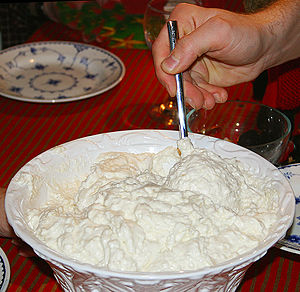Last week I had the privilege and straight up crazy “am I really getting to do this kind of thing” of sitting on a panel with authors Rachel Held Evans, Rebekah Lyons, and Shauna Niequist during the Q Focus: Women & Calling event in NYC.
You can watch the Q Cast panel here. I haven’t watched myself yet. I’m not ready. But what I remember is making a passing mention of another set of Christian controversies that evolved over social media. I was talking about a certain megachurch pastor’s unpastoral response to concerns raised over a questionable Facebook post, the culturally insensitive video shown at a church planting conference, and the Open Letter to the Evangelical Church from a coalition of Christian Asian Americans.
It was about 30-seconds after my comment I realized that the audience may have had absolutely no idea what I was talking about because I, as an Asian American woman, am a different, new voice with a perspective and set of experiences just outside of what many in the room and over the internet may be familiar with. I have no set data points to prove any of this. It’s all based on observations of who was in the room, who knew each other in the room, etc. And this is not a play for accolades and affirmation. I know that I was an unknown voice for the majority of attendees. They had to read my bio and maybe google me to find out a little more.
Opportunities to be the different voice at a large conference, the imperfect woman who learned about Jesus through church lunches of marrow-rich soups, kimchi, and barley tea and hymns and the Lord’s Prayer sung and spoken in Korean and English, do not often come. It’s difficult enough for White women to be invited, which is why the issue of gender representation at Christian conferences is a tricky one personally. Q Women & Calling was unusual for me in that of the 11 women, 3 were women of color. (That seemed unusual to me. Correct me and let me know of other conferences that have that kind of representation.) When Shauna Niequist so beautifully and powerfully spoke about her mother’s legacy and journey, I was profoundly moved as Shauna talked about her mother, Lynne Hybels, finding her self.
I was also reminded of why different voices matter, even when and especially when it comes to encouraging people to trust Jesus, because finding our selves in a country, a community, or a church that looks, sounds, tastes, smells, and feels so different, and dare I say foreign, is a different journey. Ambition doesn’t mean selfishness. It often means survival.
And it was a moment of affirmation and reminder. To me, Jesus may have been blue-eyed and blonde in the painting, but He was Korean Jesus who didn’t mind the smell of kimchi and barley tea because He knew it wasn’t a way of hiding. Those were the things I tried so desperately to hide during the week. No, it was a way of nourishing our bodies and souls for a week of engaging in a world that didn’t always have time, a desire, or a need to get to know us and our different stories.
So here’s to celebrating the different voices and experiences we carry with a different edge. The first clip is from the remake “21 Jump Street” – watch only if you don’t mind swearing. The second is the incredible performance of friend and colleague Andy Kim on The Moth GrandSLAM: Taco Bell, Saving Souls and the Korean Jesus.
